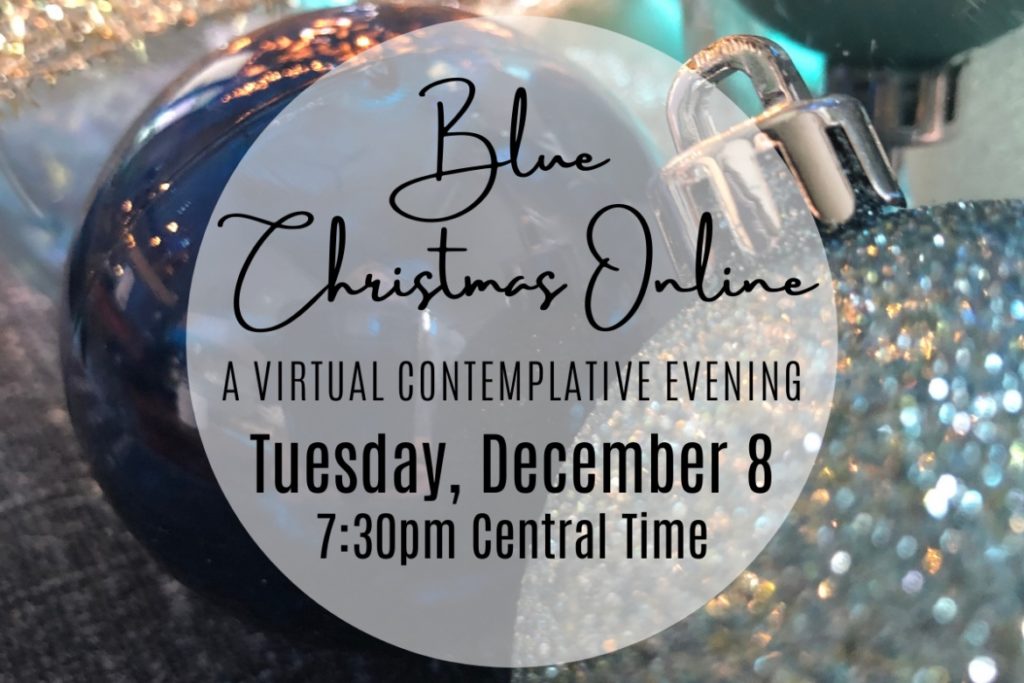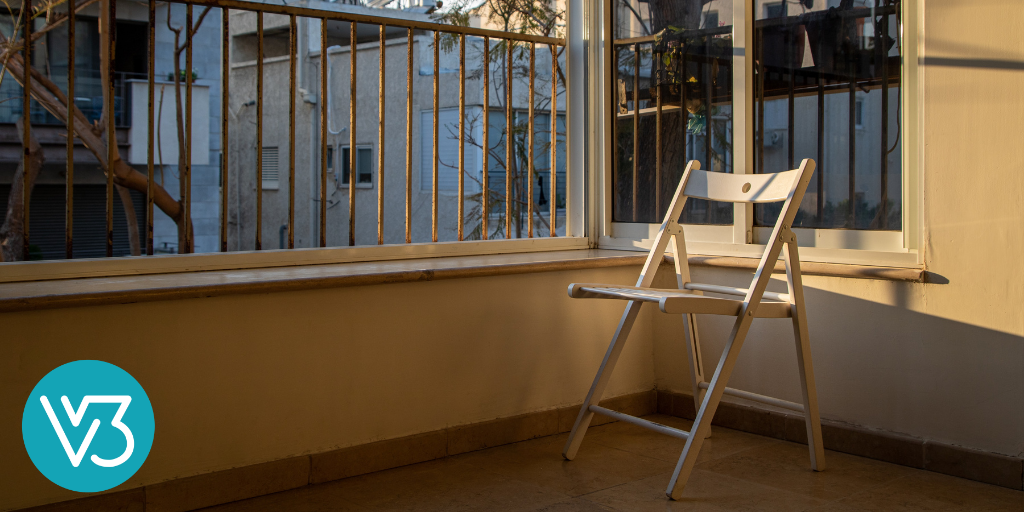We are rapidly approaching the end of a year that, for many of us, has been the most challenging of our lives. We are all worn out and weary. A lot of us are ZOOMed out, Coronavirused out, and longing for peace. We’re all in different places and spaces, and all of our stories are unique, but we all share this in common – Christmas this year will be more painful than it has been in the past, and we need to make sure that we not only acknowledge that pain, but also provide space for people to grieve and process their pain in ways that inspires them with hope for the future.
How do we help our congregations find hope in the midst of such challenges? One extremely helpful practice I highly recommend is a Blue Christmas service, also called a Service of Solace or Longest Night service. Usually these services are held around December 22nd – the longest night, but this year, I think that the beginning of December is not too soon to help people process their grief and move towards hope. Whenever you hold it, a service like this is a feast for those who are struggling with depression, despair, anxiety or even loss of faith.
Blue Christmas services are great ways to help congregations get ready for the challenges of this unique Christmas. People who are not having a very merry Christmas and friends who support them are invited to interact with one another in a liturgy that speaks of the love of God for the grieving.
On December 8th, I will be involved in such a service, facilitated by myself, Kathy Escobar, Lilly Lewin and Joanna Cummings. This is an interactive service that will explore four movements in a Weary World:
- Honoring Reality
- Practicing Honesty
- Embracing Paradox
- Borrowing Hope
Hopefully moving attendees from weariness and despair towards hope. This is an open event and all are welcome.
There are obviously lots of ways to curate a Blue Christmas service. Here are some suggestions that might help you plan:
- An empty chair is a powerful symbol of loss and can really facilitate our grieving. If you are able to gather, creating a prayer station composed only of empty chairs or having empty chairs at the front of the sanctuary are both simple but powerful worship tools. For Zoom calls, suggest each person grabs an empty chair and sits it next to them throughout the service
- Use lots of candles. Four candles are often lit in Blue Christmas ceremonies: One candle is lit for those who have passed, giving thanks to the memory that connects them to us this season; one candle is lit to redeem the pain of the loss; one candle is lit to honor ourselves; and, one candle is lit for the gift of faith and hope symbolized in the Christmas story. These four candles can be lit at different points in the service by those who facilitate the event, but for Zoom calls, encourage participants to bring their own candles that can be lit in conjunction with these as a symbol of what and who has been lost over this last year.
- Ask people attending the service to bring or send photos to the facilitators of those people or situations for which they are grieving. Provide space and time in the service for these to be posted on a sheet of cardboard to create a collage. Encourage participants to do the same at home with their own photos or you might prefer to have them write prayers and names on pieces of paper or ribbons that can be used to craft a creative design.
- Use symbols of pain and suffering to acknowledge people’s pain and allow them to grieve. Our good friend, New Zealander Mark Pierson, is one of the most creative worship curators I know. I still remember him using zip ties and barbed wire crosses in a worship service that had all of us grieving for the abandoned and despised in our world.
- Most people do not want to leave a service with a feeling of despair or hopelessness. Providing a way for participants to create a memorial for the season that gives them hope is one way to turn hopelessness into hope. For our December 8th service, we have asked participants to bring blankets or shawls to wrap themselves in as a symbol of comfort and hope. We will ask them to imagine themselves embraced in the loving presence of God in a way that solidifies that feeling of hope. Alternatively, you could provide participants with a narcissus bulb and some pebbles and ask them to plant these in a glass or mug. Narcissus, if planted at the beginning of Advent should be flowering by Christmas, providing a powerful symbol of how life and hope grow out of darkness.
There are many ways in which we can celebrate Christmas this year to enable people move beyond the pain and suffering that is enveloping them to a place of hope and comfort. Make sure that, whatever you plan, this is the pathway that you choose. For more suggestions, check out the resources in this Godspace post, Acknowledging our Pain – resources for a Blue Christmas, or join us on December 8th for our Blue Christmas service.


Share this Post
